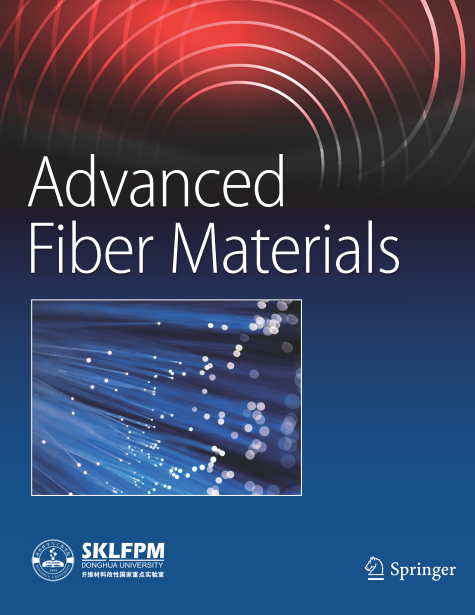Piezoelectric Polyvinylidene Fluoride-Trifluoroethylene/Reduced Graphene Oxide/Polycaprolactone Fiber Material: Modulating Neutrophil Extracellular Traps and Reshaping the Immune Microenvironment in Peripheral Nerves
Abstract
After peripheral nerve injury, disruption of immune homeostasis retards the repair process of peripheral nerves. Piezoelectric materials are the latest paradigm used to address the electrical and energy deficiencies of peripheral nerves. However, the effects and mechanism by which piezoelectric materials regulate immune homeostasis and promote peripheral nerve regeneration remain unclear. We developed a self-powered nerve-bridging scaffold by adding polyvinylidene fluoride-trifluoroethylene (P(VDF-TrFE)) and reduced graphene oxide (rGO) nanoparticles to a polycaprolactone (PCL) substrate. This electrical stimulation reduces high levels of inflammatory cytokines in damaged nerve tissue, controls abnormal neutrophil activity, and promotes quick revascularization. By providing energy, immune balance, and angiogenesis, this electroactive scaffold significantly enhances peripheral nerve regeneration. The recovery of the disintegrated myelin sheath was comparable to that observed after autologous nerve transplantation, and neuromuscular function was significantly restored after implantation of the self-generating electrical stimulation material. This multifunctional fibrous material has promise for clinical translation for the treatment of peripheral nerve injuries.

 求助内容:
求助内容: 应助结果提醒方式:
应助结果提醒方式:


